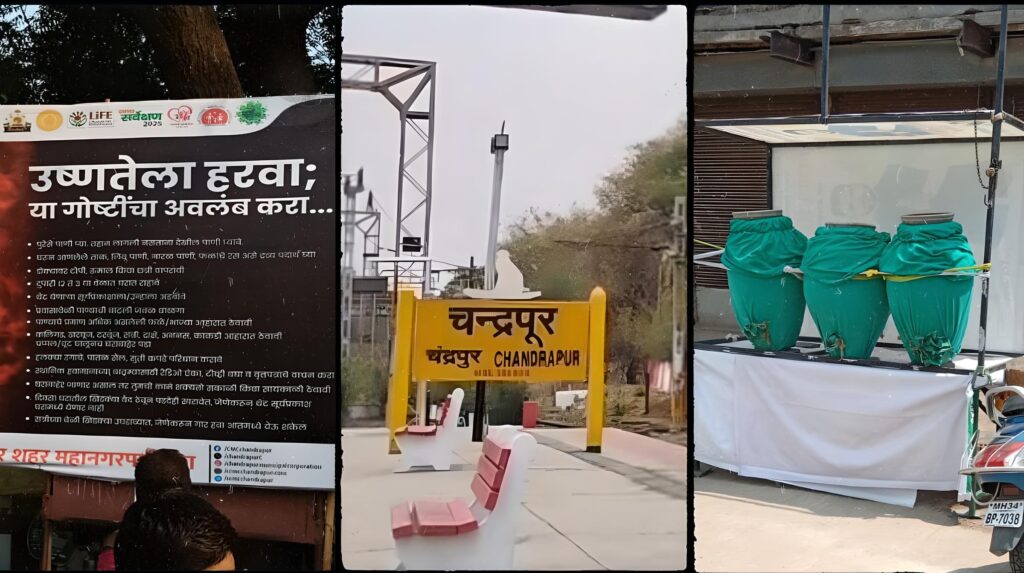The furnace-hot and simmering Chandrapur, located in the landlocked Vidarbha region of Maharashtra, has hit international headlines four times already this year for registering the highest temperatures globally and nationally.
According to data available with the Regional Meteorological Centre (RMC), Nagpur, this year on April 22, the district recorded the hottest temperature in the country. The same day, as per a private US-based private weather forecaster, El Dorado, it was the fourth hottest city in the world at 45.6 °C. On April 23, it recorded 45.8 °C, the second-highest temp in the world after Odisha’s Jharsuguda. Again, on April 30, Chandrapur recorded 46 °C, the highest temperature in the country, and on May 20, the area soared to 47.8 °C, the hottest temperature for the third time in a month.
Chandrapur, home to a large concentration of coal mines (approximately 30), lies in a rich coal deposit region of the Wardha Coalfields. It also houses the largest thermal power plant in Maharashtra, the Chandrapur Super Thermal Power Station, with a capacity of 2920 MW, and the Chandrapur Ferro Alloy Plant (CFP), the only Public Sector Unit engaged in the production of manganese-based ferro alloys in the country. Perhaps it’s the abundance of coal, which is costing dear to the area.

In the land of sweltering heatwaves, The Voices takes a reality check on how the district of Chandrapur is fighting against the soaring temperatures.
Nikhil Chikate, a resident of Kothari village in Chandrapur district, while speaking to The Voices said that people seem to be paying for having rich coalfields with their sweat. The heat emanating from coal mines and thermal power plants in Chandrapur has left the area boiling during summers. However, with the advent of pre-monsoon showers, the people here have got some relief from the heat. People’s lives have started to return to normal.
In accordance with the National Disaster Management Authority’s (NDMA) Heat Action Plan 2025, the district administration has made the requisite arrangements at the community level, in public places, and at health facilities.
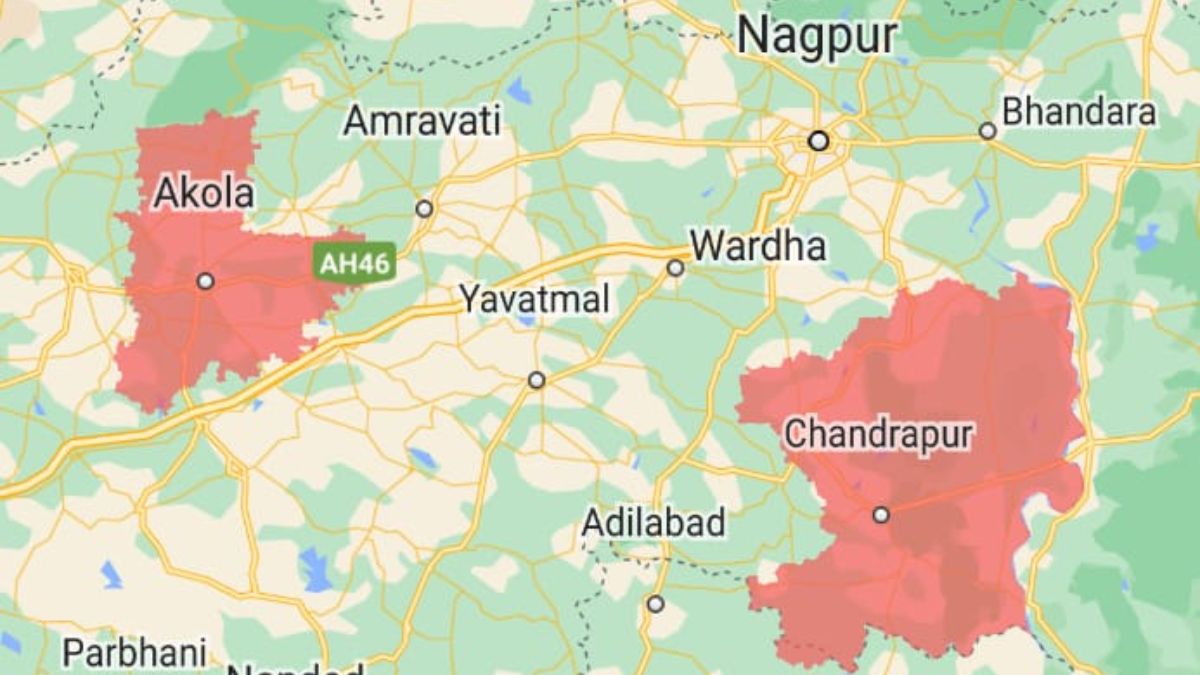
In the early afternoon, Chandrapur wears a deserted look. The areas turn into ghost towns with a thin population running their errands. The roads are dotted with drinking water facilities set up by the administration as well as local NGOs. Also, as per the government directions. The dos and don’ts to cope with heat are prominently displayed in public.
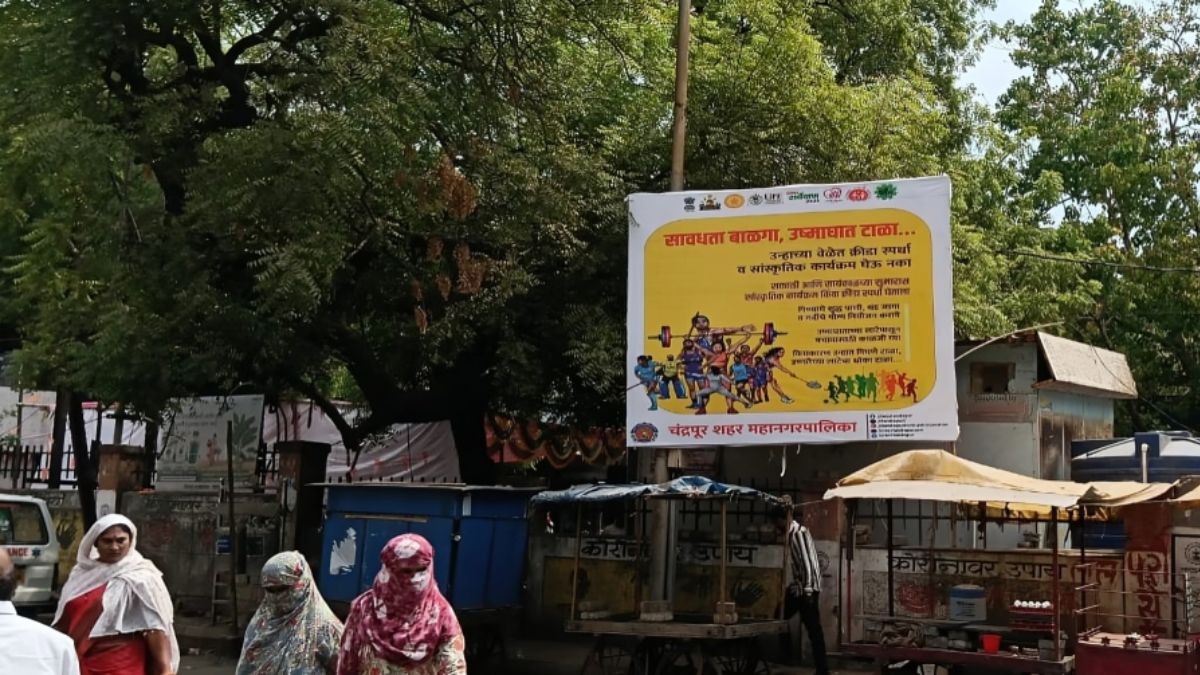
Chandrapur administration has adopted strategies under the Ahmedabad Heat Action Plan to help its residents combat the extreme heat. IMD sent heatwave notifications to residents informing them about categories of temperature, such as red or orange, so that people can plan their day accordingly. The administration has set up cooling centres across all 15 sub-tehsils of the district to help protect the vulnerable population. Municipal workers are often seen sprinkling water to give temporary respite from the heat.
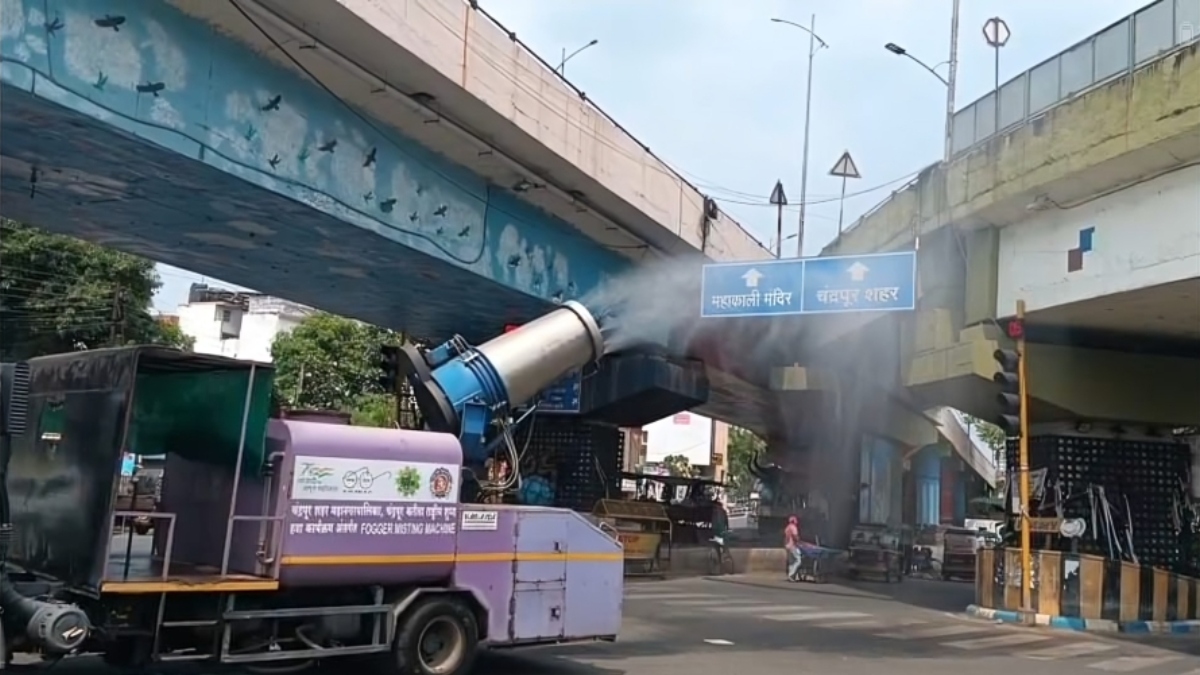
The areas falling under the Chandrapur Municipal Corporation, as well as other local bodies in sub-tehsils, have a regular feature of water being sprinkled on roads to combat the soaring heat. The local government has also provided potable water stations where chilled water is available to quench the parched throats.
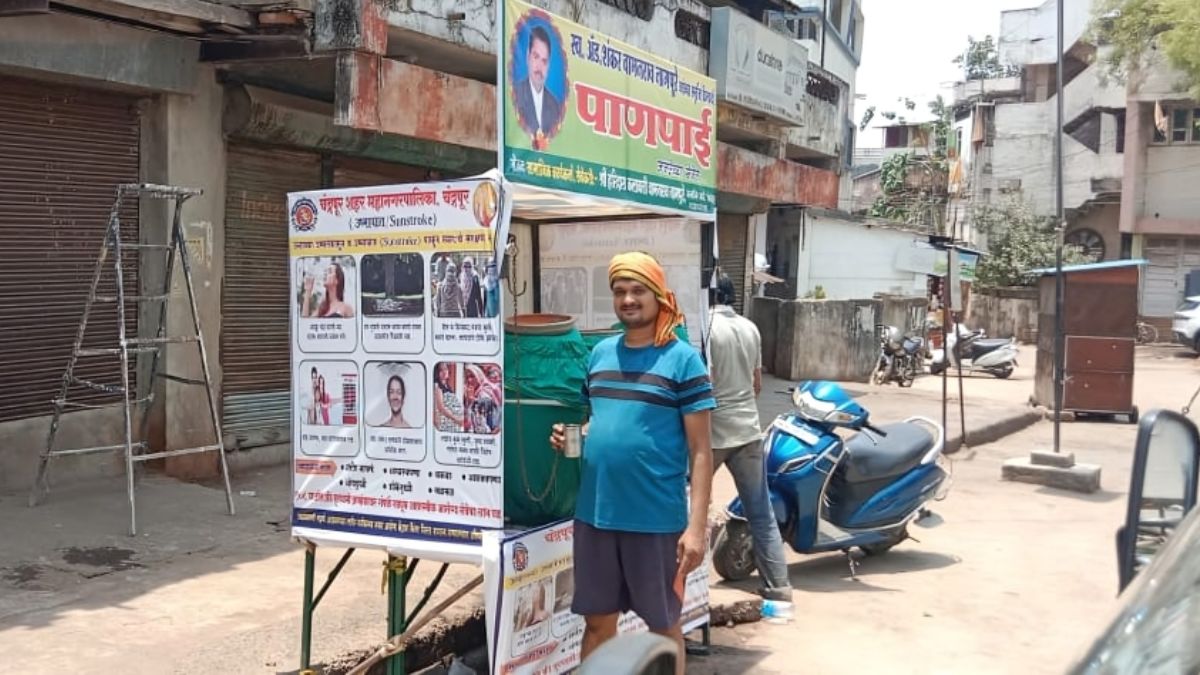
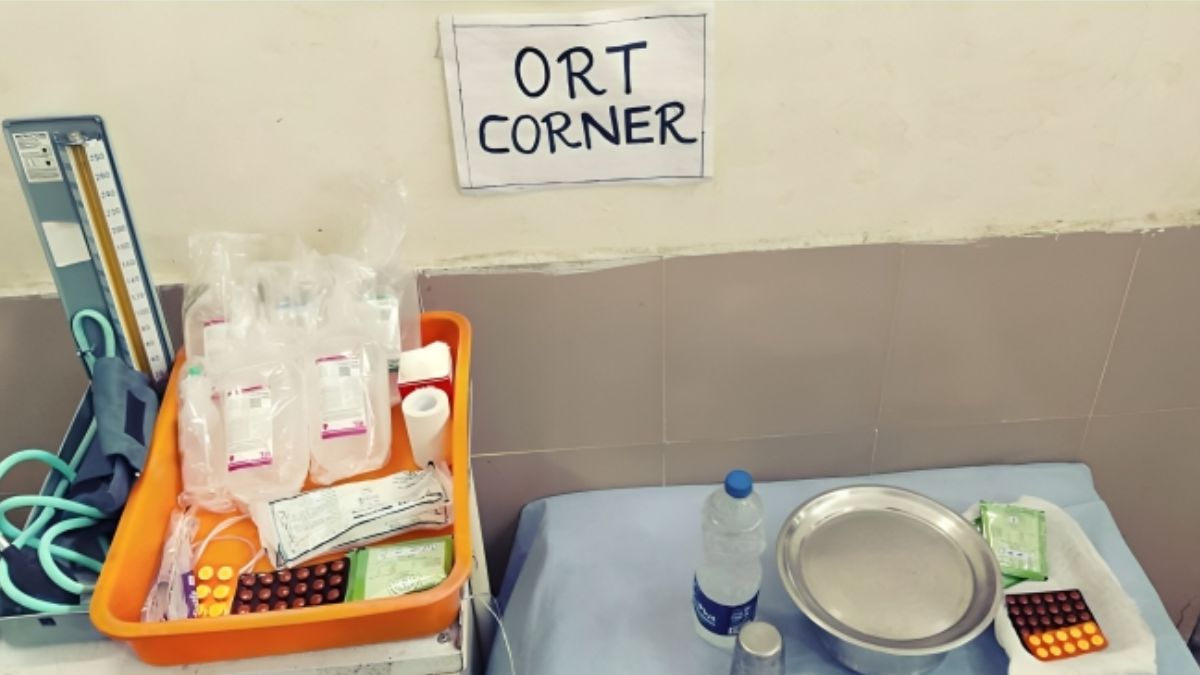
Taking a proactive role in protecting the labour class from the dangers of heat, the administration has completely banned construction and other similar work during the summer. Construction work was not permitted during peak hours from 1 pm to 4 pm in April. Cold wards have been established in government-run hospitals and medical colleges to manage heat-related illnesses. Similar wards are also being maintained in private hospitals to ensure that no lives are lost due to heat.
Schools’ Timing Scheduled from 7 AM to 11 AM
To help students combat the heat, the education department curtailed school timings from 7 am to 11 am, starting from April 24. The schools were also directed to refrain from outdoor activities and ensure that examinations were conducted during morning hours, with fans and coolers working properly. As part of the mid-day meal program, students in many government schools were given buttermilk and ORS packets to stay hydrated.
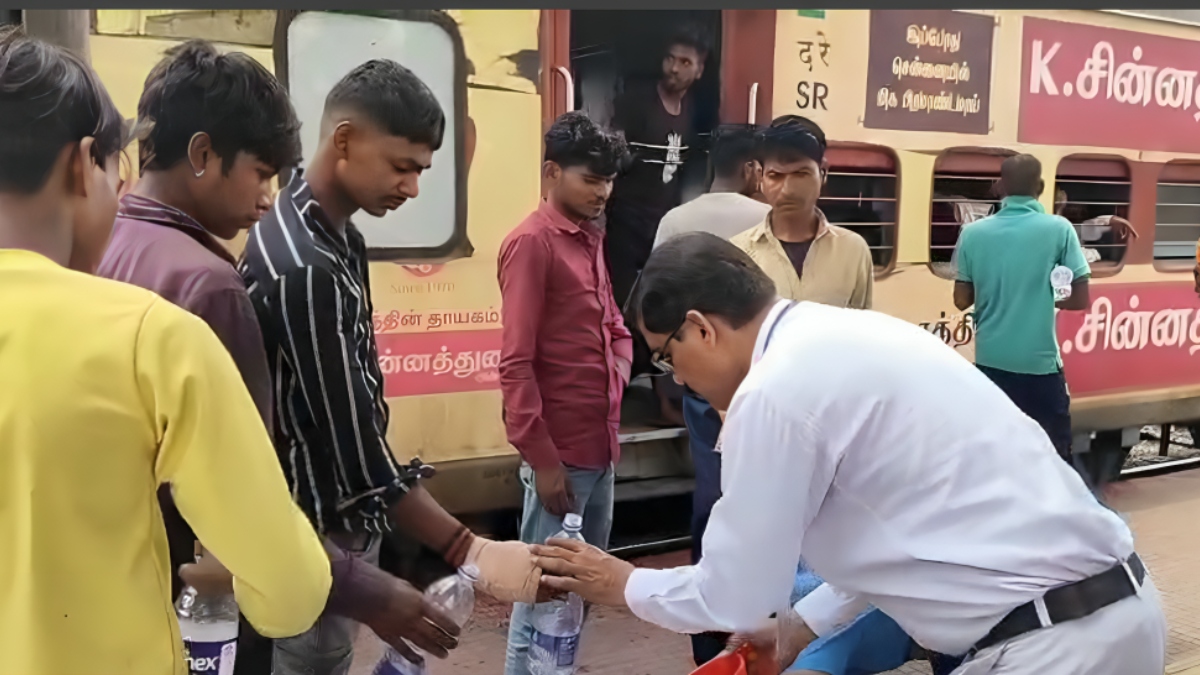
Railways and district administration have taken initiatives to provide cold water to passengers during this heatwave. While railways provide water at stations, people living in various parts of the district often complain of an insufficient water supply during the peak summer months.

District Disaster Management Agency’s Officer Salim Ahamad Shaikah talking to The Voices said that the agency is responsible for implementing provisions enlisted under heat action plan. From educating people to capacity building, NDMA has developed strategies to help people deal with intense heat waves. He added that in collaboration with the health services, police and fire departments, NDMA is on 24/7 standby to deal with any heatstroke cases or other emergencies.
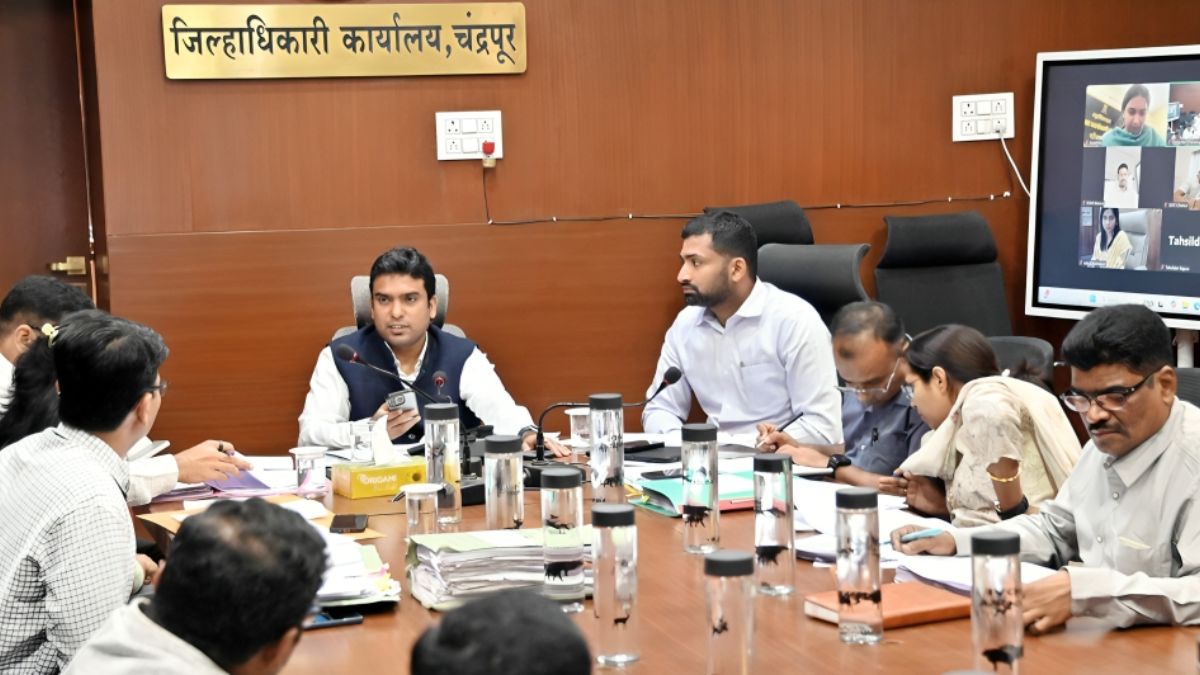
The Chandrapur District Collector Vinay Gowda C, IAS (batch 2015) while talking to The Voices said that despite baking temperatures, people of Chandrapur have remained strong and resilient. He added that as per the instruction of state engorgement afforestation projects and water conservation projects will be undertaken to ensure that the temperature remains on lower side.
Copy Editor: Megha Mann

